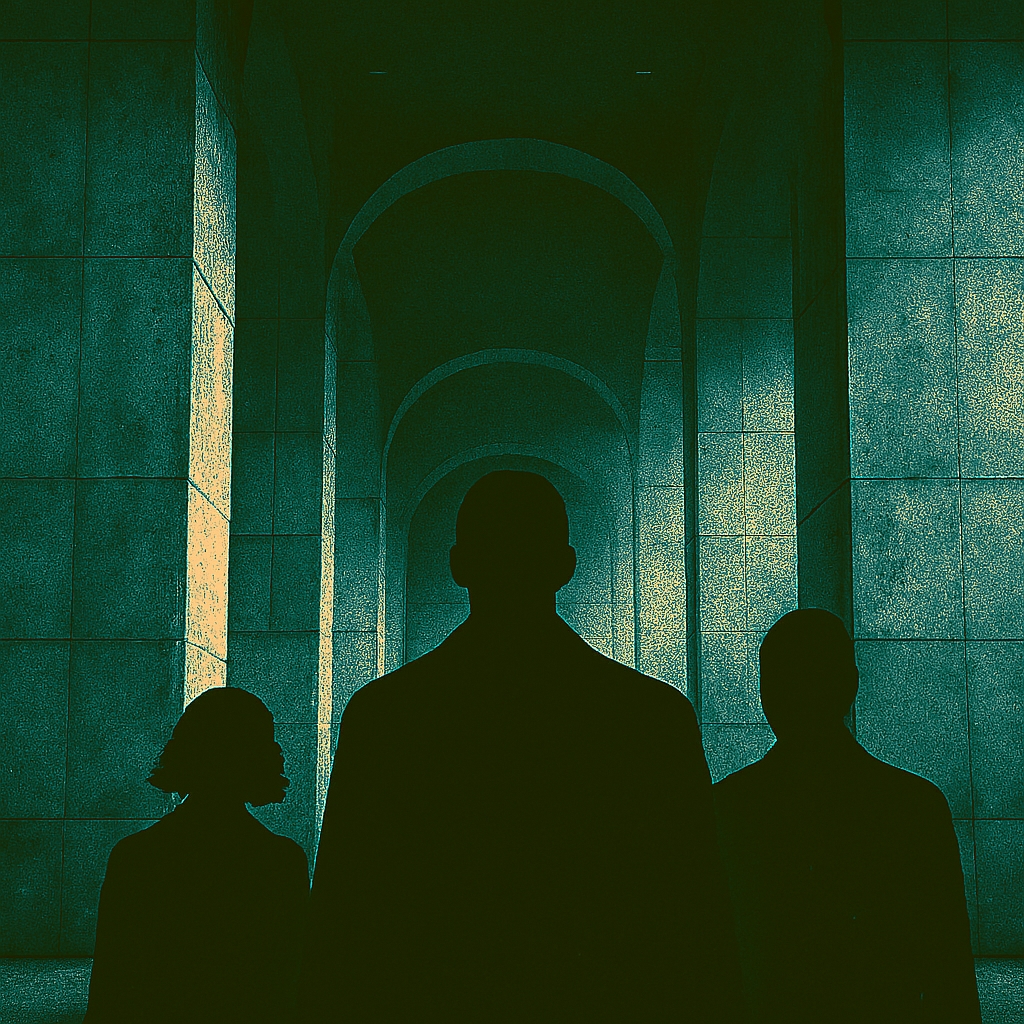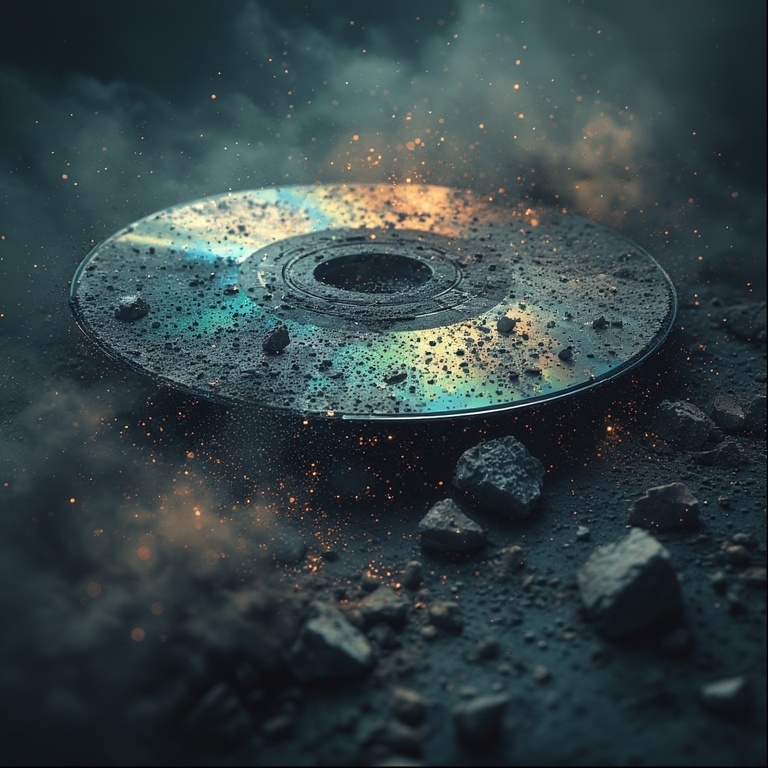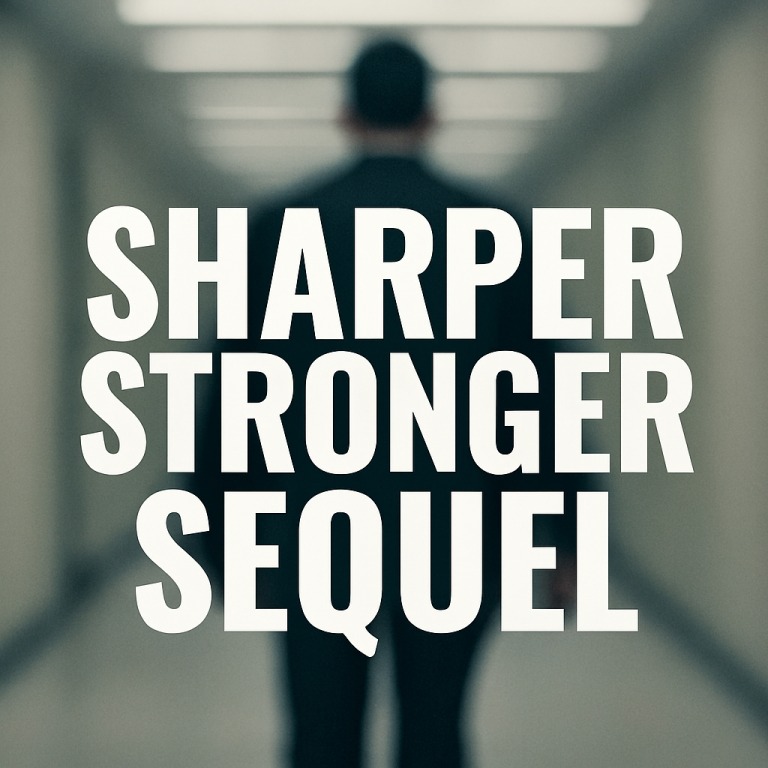The Brutalist (2025) – A Unbelievable Cinematic Artistic Depth Experience
A Cinematic Experience That Redefines Artistic Depth
Where Architecture, Emotion, and Sonic Precision Converge
Introduction – A Film That Surprises with Substance
The Brutalist (2025) is a long-form cinematic work directed by Brady Corbet, known for his meticulous visual style and thematic ambition. Clocking in at over three hours and presented in two chapters with a built-in intermission, the film defies conventional pacing while rewarding viewers with immersive artistry. It premiered in select cinemas before streaming on Netflix, where it retained its visual and sonic integrity despite the platform’s compression. Shot in 70mm VistaVision, the film’s physical presentation is designed for high-resolution formats, making Blu-ray and 4K disc editions especially compelling.
The story centers around themes of displacement, artistic legacy, and emotional architecture, conveyed through symbolic imagery and restrained performances. The cast includes Adrien Brody, Felicity Jones, and Guy Pearce, each contributing distinct tonal layers to the film’s emotional landscape. The soundtrack and sound engineering are standout elements, elevating the film into a sensory experience. The visual tone is dark, textured, and gritty, yet never oppressive—each frame feels sculpted. Despite its length, the film maintains momentum through atmosphere and emotional tension. The Brutalist is not just a movie—it’s a meditative journey through form, memory, and sonic architecture.

Sound Engineering – Precision That Shapes Emotion
The sound engineering in The Brutalist is among the most refined in contemporary cinema, designed to evoke space, memory, and psychological depth. Every ambient layer—from footsteps on concrete to distant industrial hums—is calibrated to reinforce the film’s architectural themes. The mixing avoids overcompression, allowing dynamic range to breathe across quiet and intense sequences. Foley work is subtle but essential, with textures like rustling paper, dripping water, and shifting gravel used to punctuate emotional beats.
The film’s use of silence is strategic, often allowing environmental sounds to dominate in lieu of dialogue. Spatial audio techniques are employed to create immersive depth, especially in scenes set within large, echo-prone structures. The engineering team recorded on location in brutalist buildings across Europe and North America to capture authentic acoustics. Low-frequency resonance is used sparingly but effectively, grounding emotional scenes with physical weight. The intermission sequence features a standalone sound montage that bridges the film’s two halves with tonal continuity. Overall, the sound engineering is not just technical—it’s architectural, shaping the emotional contours of the film.
Soundtrack – A Score That Breathes with the Story
Composed by Mica Levi, the soundtrack is a minimalist yet emotionally charged composition that complements the film’s visual austerity. Levi avoids traditional orchestration, instead layering ambient drones, dissonant strings, and sparse piano motifs. The score is not constant—it emerges in waves, often during architectural montages or moments of internal reflection. One recurring theme features a solo cello paired with industrial textures, symbolizing the tension between human fragility and structural permanence.
The soundtrack was recorded using analog equipment to preserve its raw tonal character. Levi’s compositions are emotionally resonant without being manipulative, allowing viewers to interpret rather than react. The intermission includes a standalone piano piece that echoes motifs from the first half, creating thematic cohesion. The closing credits are accompanied by a choral arrangement that feels both mournful and transcendent. The soundtrack is available in high-resolution audio formats, and its dynamic range is best appreciated on physical media. Levi’s score is not background music—it’s a living element of the film’s emotional architecture.
The Cinematic Experience Of Artistic Depth
Adrien Brody – A Performance of Sculpted Restraint
Adrien Brody delivers a performance that is quiet, deliberate, and emotionally layered. Known for his ability to convey internal struggle, Brody leans into stillness and subtlety rather than overt expression and at times very grumpy. His character is defined by posture, gaze, and silence—each movement feels intentional and weighted. At times, his energy borders on dreary, but this tonal choice aligns with the film’s meditative pacing.
Brody’s performance is built on emotional restraint, allowing viewers to project their own interpretations onto his character. His interactions with other characters are minimal but charged, often relying on body language rather than dialogue. The role required extensive research into architectural philosophy and post-war cultural displacement, which Brody approached with rigor. His wardrobe—muted tones, utilitarian fabrics—reinforces the character’s emotional and thematic grounding. While some viewers may crave more dynamism, Brody’s performance is a study in emotional architecture. He anchors the film with a gravity that complements its structural and sonic ambitions.
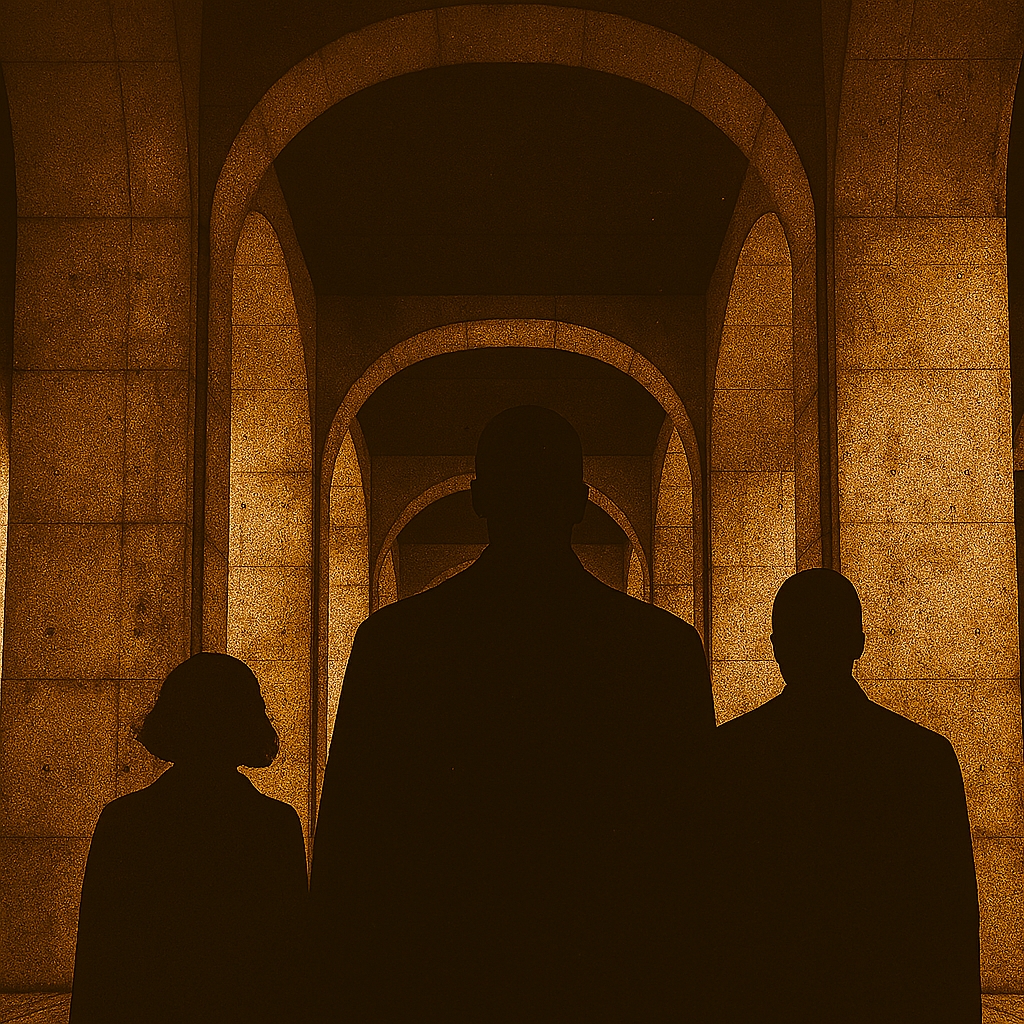
Felicity Jones – A Bold Departure from Familiar Terrain
Felicity Jones steps outside her usual cinematic comfort zone with a role that demands emotional complexity and cultural nuance. Her character is layered, resilient, and emotionally intelligent, portrayed with a quiet intensity that deepens the film’s thematic resonance. Jones avoids melodrama, instead using micro-expressions and tonal shifts to convey psychological depth. Her accent work is precise, reflecting regional authenticity without theatricality.
The role required Jones to engage with unfamiliar emotional terrain, including themes of exile, memory, and artistic legacy. Her wardrobe—textured fabrics, muted colors—reflects both cultural heritage and personal evolution. Jones’s performance is especially compelling in scenes that rely on silence and ambient sound, where her presence alone carries emotional weight. She collaborated closely with the director to shape the character’s emotional arc through visual and sonic cues. The role marks a significant evolution in Jones’s career, showcasing her range and adaptability. In The Brutalist, she becomes a symbol of endurance and transformation.
Guy Pearce – The Perfect Narrative Conduit
Guy Pearce plays a character that serves as the film’s emotional and narrative bridge, connecting disparate elements into a cohesive whole. His performance is understated but essential, providing tonal balance and philosophical depth. Pearce avoids theatricality, instead embodying a character driven by quiet conviction and intellectual curiosity. His wardrobe—tailored suits in neutral tones—reflects his role as a mediator between past and future.
The character’s presence is felt even in scenes where he does not speak, thanks to Pearce’s controlled physicality and expressive restraint. He collaborated with the production team to shape the character’s symbolic function within the film’s architectural metaphor. Pearce’s scenes often involve dialogue about art, memory, and cultural responsibility, delivered with clarity and emotional resonance. His performance is a masterclass in tonal modulation, shifting seamlessly between empathy and detachment. Pearce’s role is not dominant, but it is structurally vital, anchoring the film’s emotional architecture. He merges the story’s thematic layers with precision and grace.
Visual Tone – Grit, Texture, and Elegance
The film’s visual tone is defined by its use of natural light, deep shadows, and architectural framing. Cinematographer Lol Crawley employs a muted color palette that evokes post-war melancholy and industrial austerity. Scenes are often shot in low light, with grain and texture preserved to enhance emotional realism. The camera lingers on surfaces—concrete, steel, glass—reinforcing the film’s thematic focus on structure and memory. Interiors are sparse, with long takes that emphasize emotional distance and spatial isolation. Exterior shots are wide and static, allowing landscapes to breathe and characters to feel dwarfed by their environments.
The film avoids handheld movement, favoring slow pans and locked frames that mirror architectural precision. Crawley’s use of negative space allows emotional tension to build organically. The visual tone is dark but never oppressive—each frame is sculpted with intention and symbolic weight. The film’s aesthetic is best appreciated in high-resolution formats, where texture and tonal nuance are preserved.
Physical Media – Why Blu-ray and 4K Matter
While The Brutalist streamed on Netflix, its full impact is best experienced on physical media. The film was shot in 70mm VistaVision, a format that benefits from high-resolution playback. Blu-ray and 4K disc editions preserve the film’s visual texture, dynamic range, and sonic depth in ways streaming cannot replicate. The soundtrack’s analog recording and the sound engineering’s spatial design are optimized for lossless audio formats. Visual details—grain, shadow gradients, architectural surfaces—are more pronounced on disc.
The intermission sequence, with its standalone sound montage, gains emotional weight when experienced without compression artifacts. Physical media also includes director-approved color grading and calibrated contrast levels. The packaging features original artwork and production notes that deepen the viewer’s engagement. For collectors and cinephiles, the disc edition is not just a format—it’s a preservation of artistic intent. Watching The Brutalist on 4K disc is a different experience—more immersive, more tactile, more complete.
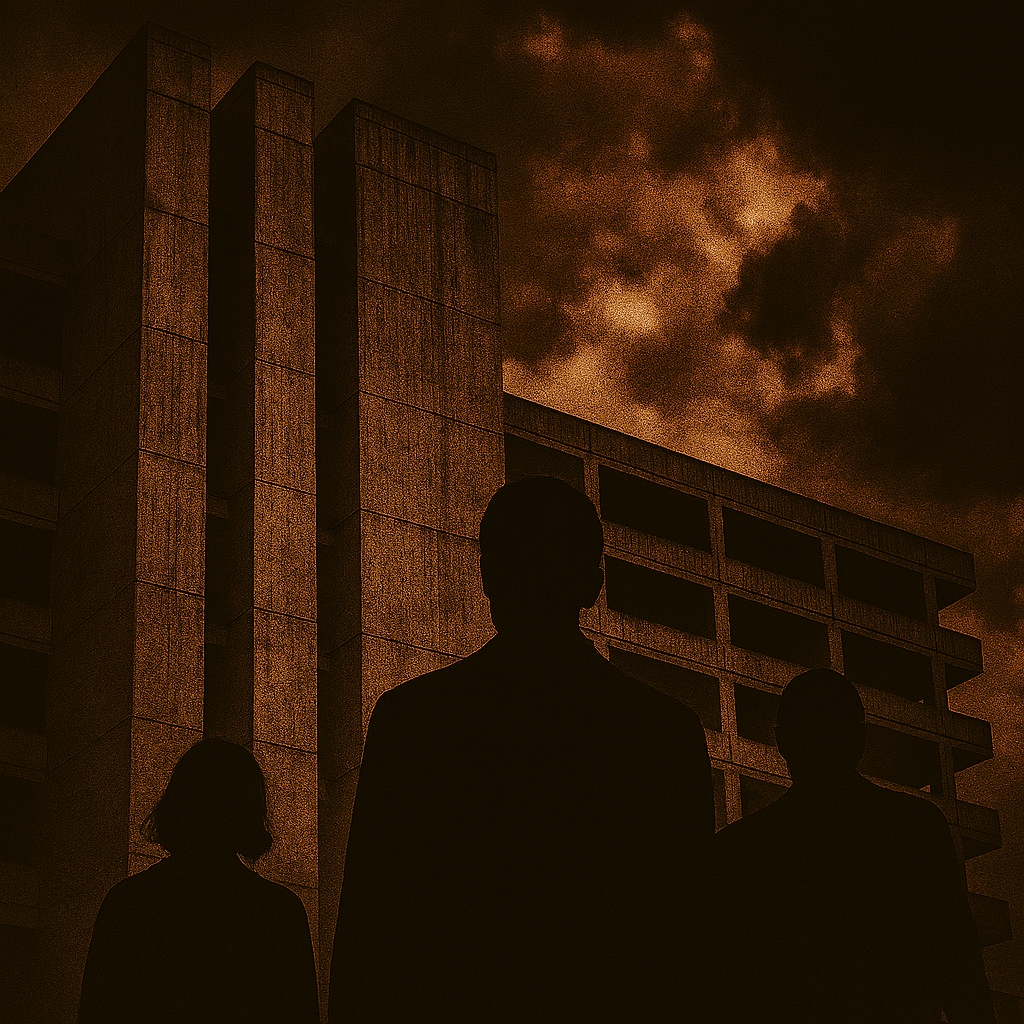
Intermission – A Structural and Emotional Pivot
The film includes a built-in intermission, placed precisely at the midpoint between its two chapters. This pause is not just functional – it’s thematic, offering viewers a moment to reflect and recalibrate. During the intermission, the screen fades to black while a solo piano piece plays over ambient construction sounds.
The music echoes motifs from earlier scenes, creating emotional continuity without narrative exposition. This moment of stillness reinforces the film’s architectural metaphor – treating the story as a structure with distinct phases. The intermission also marks a tonal shift, moving from introspection to emergence. It invites viewers to consider the emotional weight of what has been built and what remains unfinished. In an era of uninterrupted streaming, this pause feels radical and necessary. It honors the viewer’s attention span and the film’s deliberate pacing. The intermission is not filler – it’s a breathing space within the cinematic architecture.
Credit Sequence – Aesthetic Closure
The closing credits of The Brutalist are designed with the same intentionality as the rest of the film. They unfold slowly, accompanied by a choral arrangement that blends human voice with ambient textures. The typography is minimalist, set against a backdrop of architectural sketches and concrete surfaces. Each credit is spaced generously, allowing viewers to absorb the names without distraction. The credits include acknowledgments to architectural historians, sound engineers, and cultural consultants who shaped the film’s authenticity.
There is no post-credit scene – the film ends with tonal finality rather than narrative continuation. The music swells and fades, echoing the emotional arc of the story. The credits function as a visual epilogue, reinforcing the film’s themes of structure, memory, and artistic labor. Watching them on a high-resolution format enhances their impact, revealing subtle design choices. The credit sequence is not an afterthought – it’s a final architectural gesture.
Rewatch Value – Layers Worth Revisiting
The Brutalist is a film that rewards multiple viewings, especially for those interested in sound design, visual composition, and emotional nuance. Its layered structure and restrained performances reveal new details with each revisit. The soundtrack’s motifs become more recognizable, deepening emotional resonance. Architectural symbolism gains clarity as viewers notice recurring visual patterns and spatial metaphors.
The pacing, while slow, allows for reflection and interpretation rather than passive consumption. Rewatching on physical media enhances the experience, restoring textures and sonic depth lost in streaming. The film’s emotional architecture becomes more apparent with familiarity, allowing viewers to connect dots without relying on exposition. Subtle shifts in lighting, costume, and framing take on greater significance. The intermission, once a novelty, becomes a meaningful pause in the emotional rhythm. Rewatching is not repetition – it’s excavation. The Brutalist is built for those who return.
Blu-ray and 4K Disc – A Format That Honors the Film
The film’s technical design makes it an ideal candidate for Blu-ray and 4K disc formats. Shot in 70mm VistaVision, its visual detail and tonal range are best preserved in high-resolution physical media. Streaming compresses textures and flattens dynamic range, especially in low-light scenes. The analog soundtrack benefits from lossless audio formats, revealing subtle layers in ambient design and orchestral composition.
The disc edition includes calibrated color grading and director-approved contrast settings. Packaging features original artwork and production notes that deepen viewer engagement. Playback on calibrated screens enhances the film’s architectural framing and visual symbolism. The intermission sequence gains emotional weight when uninterrupted by buffering or compression. For collectors and cinephiles, the disc is not just a format – it’s a preservation of artistic intent. Watching The Brutalist on 4K disc is a tactile, immersive experience. It’s how the film was meant to be seen.
Emotional Texture – Grit, Silence, and Resonance
The emotional tone of The Brutalist is defined by restraint, grit, and quiet intensity. Characters rarely express themselves through overt emotion – instead, their internal states are conveyed through silence, posture, and spatial relationships. The film avoids sentimentality, favoring ambiguity and emotional realism. Sound and image work together to create mood rather than narrative clarity.
The use of silence is especially powerful, allowing ambient sounds to carry emotional weight. Lighting choices – dim interiors, shadowed faces, muted palettes – reinforce the film’s introspective tone. The emotional arc is gradual, unfolding through architectural metaphors and sonic cues. Viewers are invited to feel rather than interpret, to absorb rather than analyze. The emotional texture is not soft – it’s sculpted, deliberate, and grounded in lived experience. The Brutalist does not tell you how to feel – it builds the space for you to feel within.
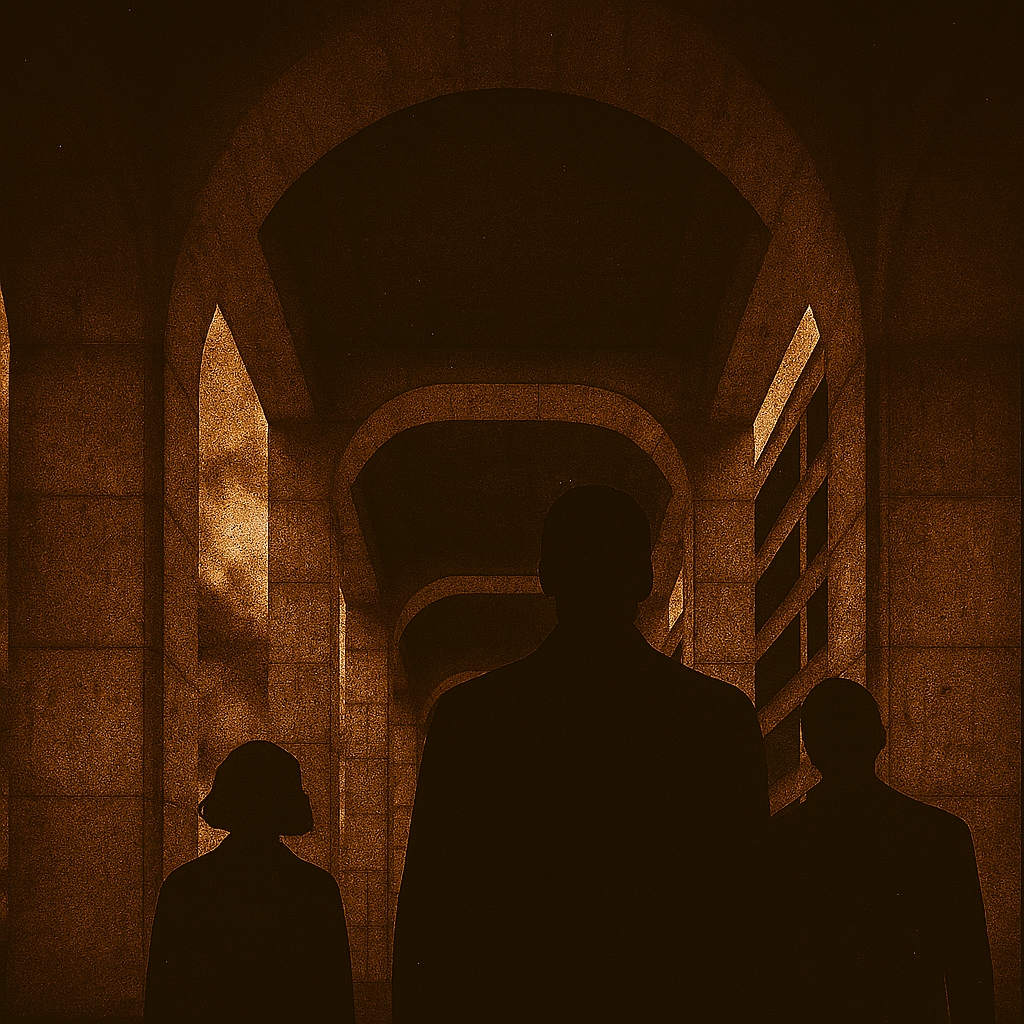
Artistic Integrity – A Film That Respects Its Audience
Brady Corbet’s direction reflects a commitment to artistic integrity and thematic depth. The film avoids commercial tropes, trusting viewers to engage with its complexity and pacing. Every creative choice – from casting to sound design – serves the film’s emotional and symbolic architecture. The narrative is not spoon-fed, and exposition is minimal.
The film respects the viewer’s intelligence and emotional capacity, offering space for interpretation and reflection. Collaboration across departments – cinematography, sound, production design – is evident in the film’s cohesive aesthetic. The absence of product placement, genre clichés, and forced sentimentality reinforces its artistic focus. The film’s length is not indulgent – it’s necessary for the emotional and structural build. Corbet’s vision is uncompromising, and the result is a film that feels complete, intentional, and emotionally resonant. The Brutalist is not just made – it’s architected.
Conclusion – A Film That Builds Memory
The Brutalist (2025) stands as a cinematic monument to emotional architecture, sonic precision, and visual depth. It defies expectations with its length, tone, and thematic ambition, offering viewers a meditative experience rather than a conventional narrative. The performances are sculpted with restraint, the sound design is immersive, and the visual tone is gritty yet elegant.
The film’s intermission, credit sequence, and physical media presentation all reflect a commitment to artistic integrity. Watching it once is impactful – watching it again is transformative. It’s a film that builds memory, not just story. For those who value emotional resonance, structural symbolism, and sonic craftsmanship, The Brutalist is essential viewing. It’s not just a movie – it’s a cinematic structure you inhabit. And once you’ve entered, it stays with you. Long after the credits fade, the architecture remains.
Join the Discussion – What Did You Hear, See, and Feel?
Have you experienced The Brutalist in theaters, on Netflix, or on disc? What stood out most – the sound design, the performances, or the visual tone? Did the intermission change how you engaged with the film? How did the soundtrack shape your emotional response? What details did you notice on a second viewing?
#TheBrutalist2025 #BradyCorbetFilm #AdrienBrodyPerformance #FelicityJonesBreakthrough #GuyPearceCinema #SoundDesignMasterclass #MicaLeviScore #ArchitecturalCinema #BluRayEssentials #4KFilmExperience #EmotionalArchitecture #VisualToneCinema #IntermissionMatters #CinematicStructure #FilmAsArt

